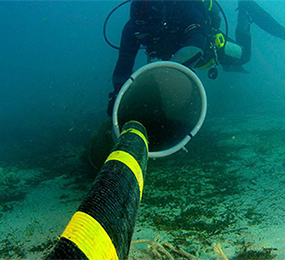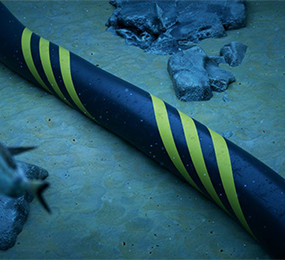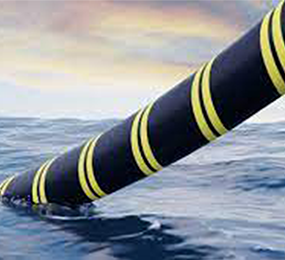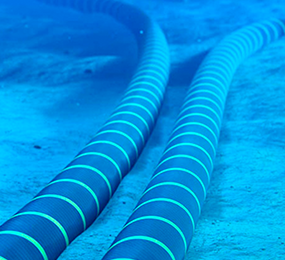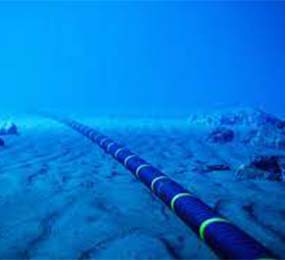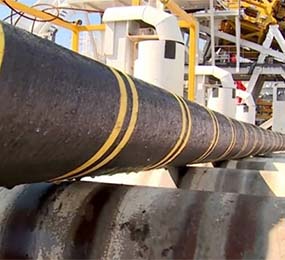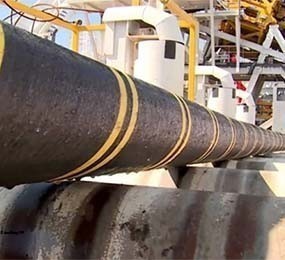Interconnecting Offshore Wind Farms: Challenges and Solutions for Submarine Power Cables
The interconnection of offshore wind farms presents unique challenges and requires innovative solutions for the successful installation and operation of submarine power cables. These cables play a critical role in transmitting the renewable energy generated by offshore wind farms to the onshore grid, enabling the integration of clean energy into the power system. However, several factors must be considered to ensure the efficient and reliable transmission of power.
One major challenge is the long distances and harsh marine environments that submarine power cables must traverse. Offshore wind farms are often located far from the coast, requiring the installation of cables over considerable distances. Additionally, these cables must withstand challenging conditions such as strong currents, high waves, and corrosive saltwater. Robust cable designs, including specialized insulation, protective coatings, and reinforcement measures, are employed to ensure the durability and resilience of the cables under these harsh conditions.
Another challenge is the complex and dynamic nature of offshore wind farm arrays. As wind farms expand and new turbines are installed, the interconnection infrastructure must be designed to accommodate the increased power capacity. This requires careful planning and coordination to ensure that the submarine cables can handle the higher power loads and that the interconnection system can be easily expanded or upgraded in the future. Modular and scalable solutions are often employed to address these evolving needs.
Furthermore, the installation and maintenance of submarine power cables in deep waters can be technically demanding and costly. Specialized vessels, equipment, and skilled personnel are required for cable laying, burial, and subsequent maintenance operations. Innovations such as remote-operated vehicles (ROVs) and advanced cable burial techniques have been developed to streamline these processes and reduce costs. Additionally, efficient project management, thorough risk assessments, and effective collaboration between stakeholders are essential to overcome these installation and maintenance challenges.
Solutions are also being sought to address potential cable failures or disruptions. Rapid fault detection systems, real-time monitoring, and predictive maintenance strategies are employed to minimize downtime and optimize cable performance. In the event of a cable fault, repair technologies, such as jointing and splicing techniques, allow for efficient and cost-effective restoration of the cable's functionality.
In conclusion, interconnecting offshore wind farms through submarine power cables presents challenges related to distance, marine conditions, complex wind farm arrays, and installation and maintenance requirements. However, through technological advancements, innovative designs, and efficient project management, these challenges are being addressed. The development of robust and reliable submarine power cable systems is crucial for harnessing the full potential of offshore wind energy, enabling the transition to clean and sustainable power sources, and advancing the global renewable energy agenda.
Visit our website to know more: https://www.leadventgrp.com/events/2nd-annual-submarine-power-cable-and-interconnection-forum/details
For more information and group participation, contact us: [email protected]
Leadvent Group - Industry Leading Events for Business Leaders!


